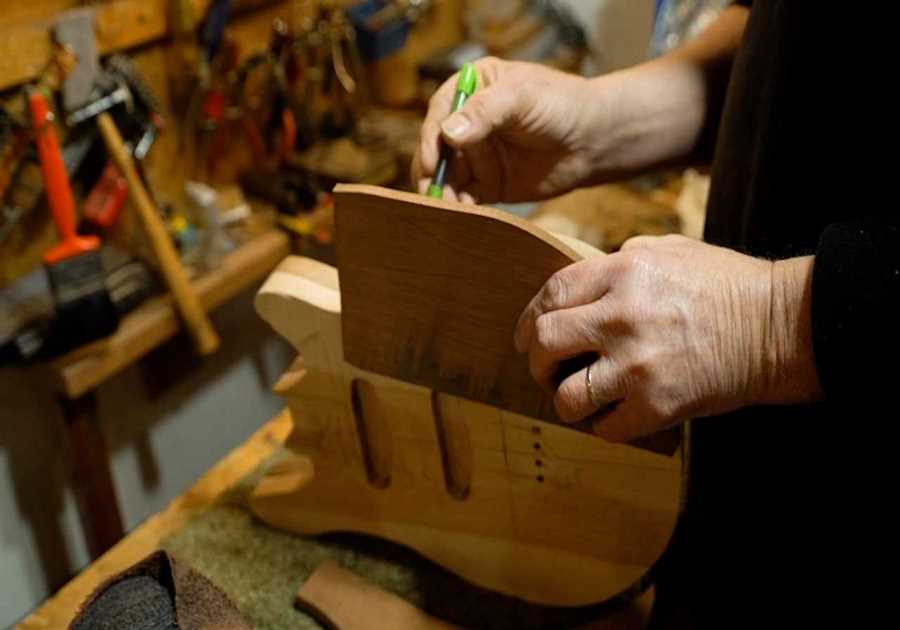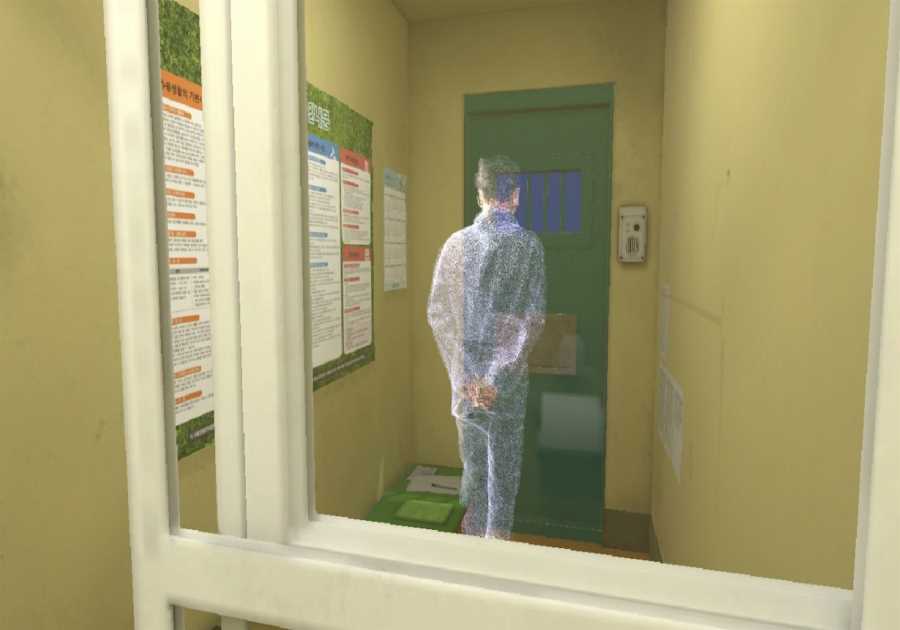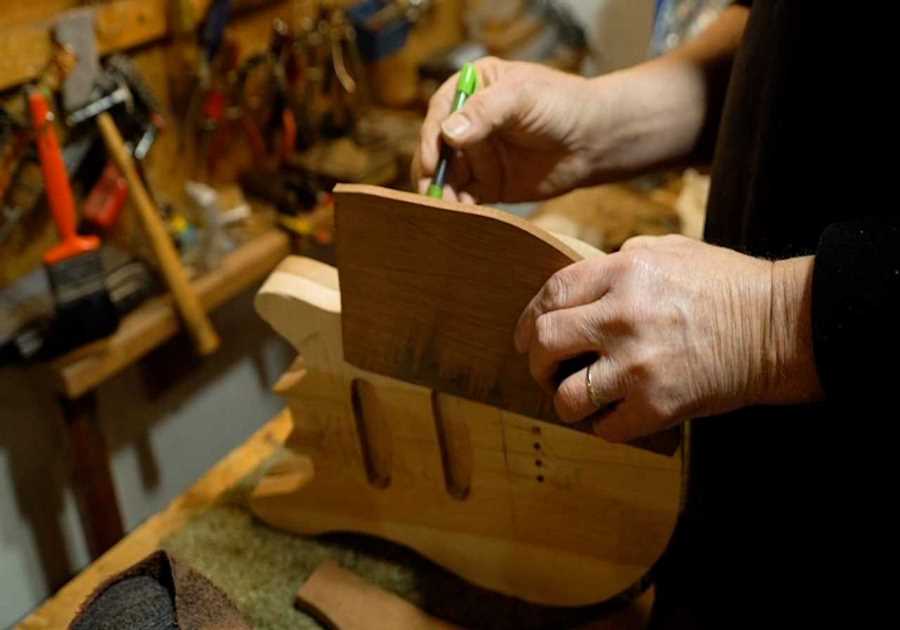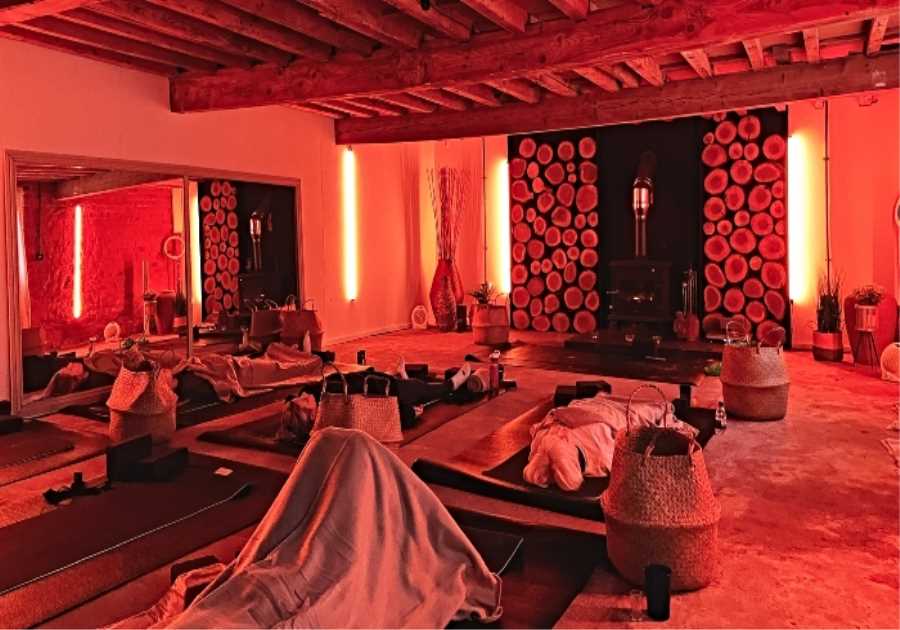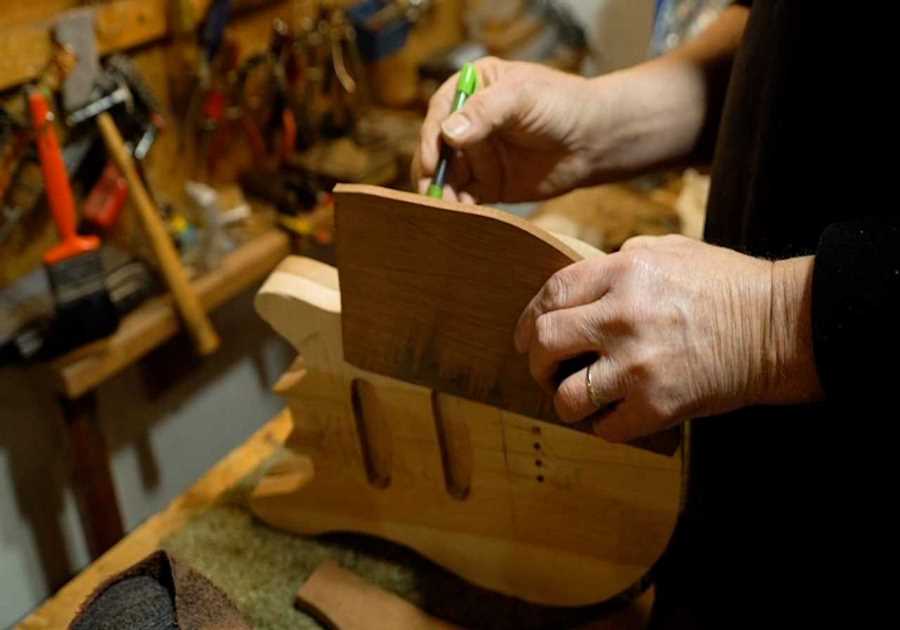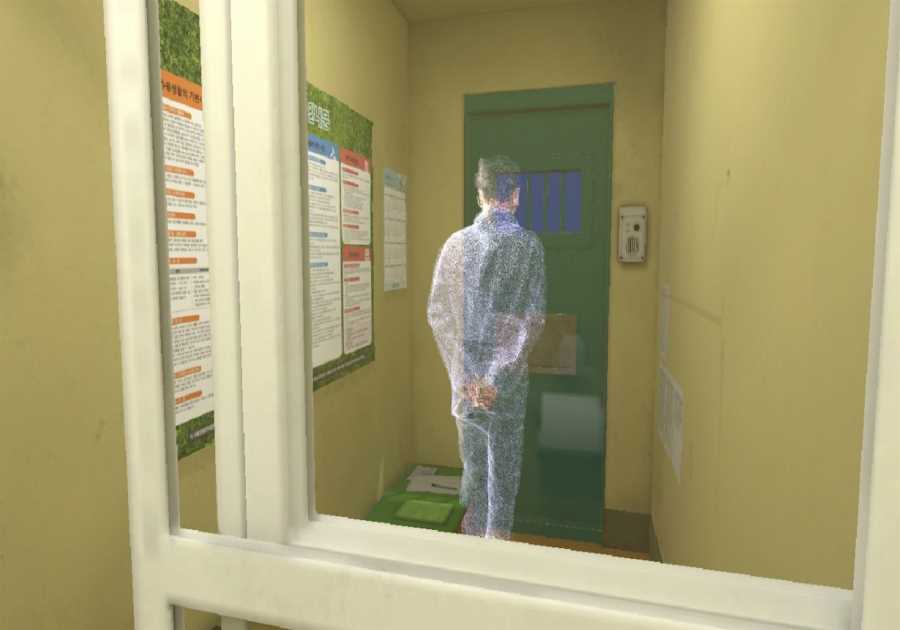Mary Colter’s genius survives in the iconic architecture and interiors of several landmark buildings—but you might not know it.
share this article
In the late 1890s, writer and photographer George Wharton James sat along the Grand Canyon’s south rim and penned one of the area’s earliest visitor guides.
The incomparable views were interrupted by what he later described as “crude and primitive” hotel-camps. Little wonder, then, that the architect he relied upon in describing the canyon’s grace was one he found while glancing heavenward.
“The Grand Canyon is God’s greatest gift of his material handiwork in visible form on our earth,” he wrote in a 1910 guide, nine years before the Grand Canyon became a national park.
These days, about 6 million people annually visit the Arizona wonder, most at the more accessible south rim. Their experience, in ways subtle yet profound, is shaped by another architect, Mary Elizabeth Jane Colter, the woman whose influence lives on at Grand Canyon National Park.
Colter’s genius survives in the iconic architecture and interiors of Hopi House (1905), Lookout Studio (1914), Hermit’s Rest (1914), Phantom Ranch (1922), Desert View Watchtower (1932), and Bright Angel Lodge and Cabins (1935) , all of which she is credited with designing (though her Hopi House contributions were possibly only in interior design). She is remembered as a pioneering practitioner of the rustic national park style, demanding that buildings harmonize with nature; her tenure as an architect and interior designer with the Fred Harvey company coincided with the formative years of large-scale tourism development on the canyon’s south rim. In 1987, as a group, four of her buildings at Grand Canyon—Hopi House, Hermit’s Rest, Lookout Studio and Desert View Watchtower—were designated a National Historic Landmark District.
Colter, an irascible perfectionist, fell into relative obscurity after her death in 1958. But through pure chance, two people who heard her name years apart stood among those most responsible for preserving and defending her architectural legacy today.
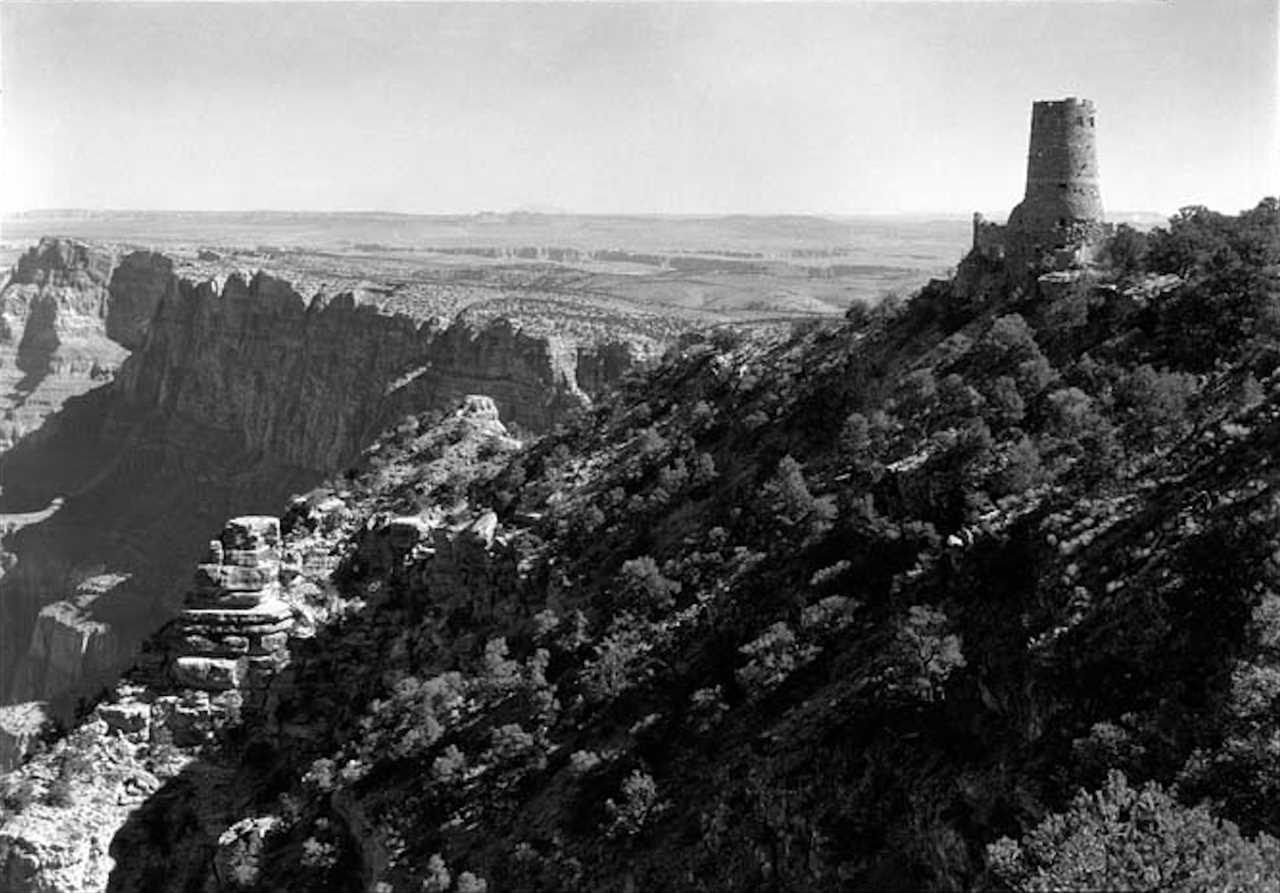
From teacher to architect
In early 1997, Arnold Berke was a senior editor at preservation magazine, published by the National Trust for Historic Preservation. During a scheduling meeting, he read a small item about the trust granting funds for a documentary about a little-known architect in the Southwest.
Berke had never heard of Mary Colter. Intrigued, he headed to the Southwest to study her work. Though primarily recognized for the Grand Canyon works, Colter is also credited with designing El Navajo Hotel and train station in Gallup, New Mexico; an expansion at La Fonda in Santa Fe; and La Posada hotel in Winslow, Arizona. His resulting preservation Magazine cover story grew to become a full-scale biography, published in 2002. That book, filled with photographs, expanded considerably on an earlier Colter biography by Virginia L. Grattan in 1980.
As Berke’s book recounts, Colter was born in Pittsburgh but moved with her family to St. Paul, Minnesota, when she was 11. She became interested in art and Native American culture—a lifelong passion—perhaps inspired by a relative’s gift of Sioux drawings . (She reportedly kept the drawings all her life.)
Colter studied at the California School of Design—now known as the San Francisco Art Institute—and later landed a post teaching freehand drawing and design at a St. Paul high school. Through circumstances that remain unclear, the Fred Harvey company offered her a decorating job in the early 1900s at the new Alvarado Hotel and train station in Albuquerque, New Mexico. That modest beginning led to her 46-year Harvey career as an architect and designer.
Harvey had a powerful partner: the Atchison, Topeka and Santa Fe Railway, popularly known as the Santa Fe. To realize its goal of opening up the West to leisure travelers, the railroad relied on Harvey’s company to pamper tourists with comfort food and classy surroundings.
In 1901, the Santa Fe completed a spur line to the Grand Canyon’s south rim. For more than five decades—until the automobile reigned supreme—the railroad built, owned, and maintained practically every building in Grand Canyon Village, as well as the infrastructure.
From the simple (the woodsy cabins of Phantom Ranch and Bright Angel) to the sublime (the enormous fireplace of Hermit’s Rest, or the intricate interior Watchtower murals by Hopi painter Fred Kabotie), Colter was a stickler for detail. One such anecdote in Berke’s biography recounts how she ordered that the Hermit’s Rest fireplace be blackened with soot to age it. “You can’t imagine what it cost to make it look this old,” she reportedly said with a laugh.
Colter was renowned for the depth of her research, especially for the Watchtower. Extending 70 feet from the edge of the canyon, it was built in 1932 over a modern steel frame on a concrete base, but its uneven, weathered stone exterior and an adjacent artificial ruin lend it the appearance of being ancient. She scoured Native American ruins around the Southwest for inspiration and filled albums with photos.
Roy Nelson, whose father, Elmer, was the Santa Fe’s chief engineer at the Grand Canyon, drove Colter around the West for two or three summers. In an oral history interview from 1979, he described her as intelligent, interesting, broadly educated (“she certainly knew her architecture”), and demanding.
At a time and in a field dominated by men, Colter was often the only woman at the table with her Fred Harvey bosses and peers, as well as those from the railroad and later the park service. (She was one of the few woman architects in the entire country.) She retired from Fred Harvey in 1948 at the age of 79 after completing more than 20 lodges, hotels, and public spaces for the company. Thanks largely to Colter, the Fred Harvey Company and the Santa Fe Railway developed the Southwest as a destination for travelers.
“She was good enough at her job that she could smoke, drink, and swear, and no one dared tell her to act more ladylike,” says Linda Reeder, an architect and professor of construction management at Central Connecticut State University.
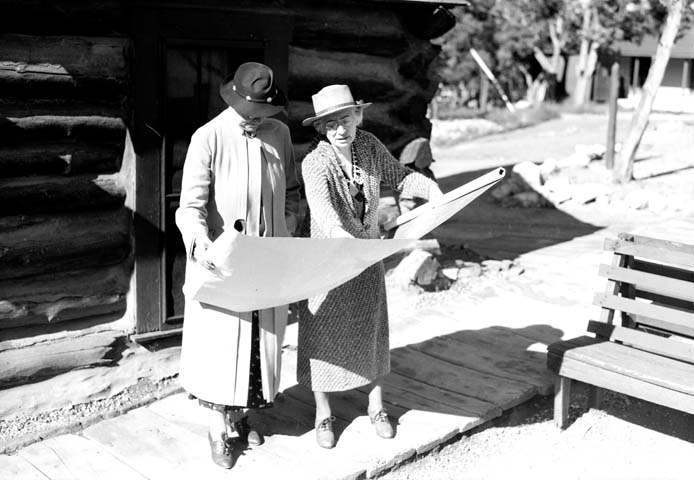
A legacy of collaboration
Despite Reeder’s architectural background, like Berke she had never heard of Colter. That changed in 2016, when a friend returned from a Grand Canyon visit and suggested that Colter’s story merited further research.
Reeder began meandering through old archives and journals and last October started a monthly newsletter and blog about the history of women in architecture. In a blog post and in-depth article, she has defended Colter from a recent author’s challenges about Colter’s architectural pedigree and contributions.
In 2018, Fred Shaw, an architecture buff and former banking executive, self-published an exhaustive e-book analysis asserting that Colter was a narcissistic interior designer only parading as an architect.
Colter’s fans are unmoved, and shipowner has mounted a persuasive defense. In an article last year for the Ol’ Pioneerthe Grand Canyon Historical Society’s magazine, Reeder explained how Colter’s architectural legacy at the Grand Canyon is consistent with the collaborative nature of architectural work, pointing out that the Fred Harvey/Santa Fe partnership relied on a team ethic expressly discouraging individuals from taking credit for results.
In an oral history interview from 1976, pioneering Grand Canyon photographer Emery Kolb also described Colter as the “architect that built these fancy hotels and buildings for the Harvey [company].”
That statement stands true today, shipowner maintains, with one notable exception.
“I do not believe she was the primary designer of Hopi House, but she may have contributed to the design,” she said. The real credit for Hopi House, Reeder said, probably belongs to the Hopi people, whose structure in Oraibi, Arizona, served as a model.
Berke, the author of Colter’s 2002 biography, describes Colter as something more than an architect and designer.
“She was a teacher in St. Paul early in her career, and she never stopped being a teacher,” Berke said. “Her buildings were classrooms in a sense, telling a story that she had constructed carefully in her mind, then planted in the traveler’s imagination.”
When asked to define Colter’s legacy at the Grand Canyon, Berke, Reeder, and others invariably point to how her buildings radiate a connection to place, both physically and—in relation to Native American history—culturally.
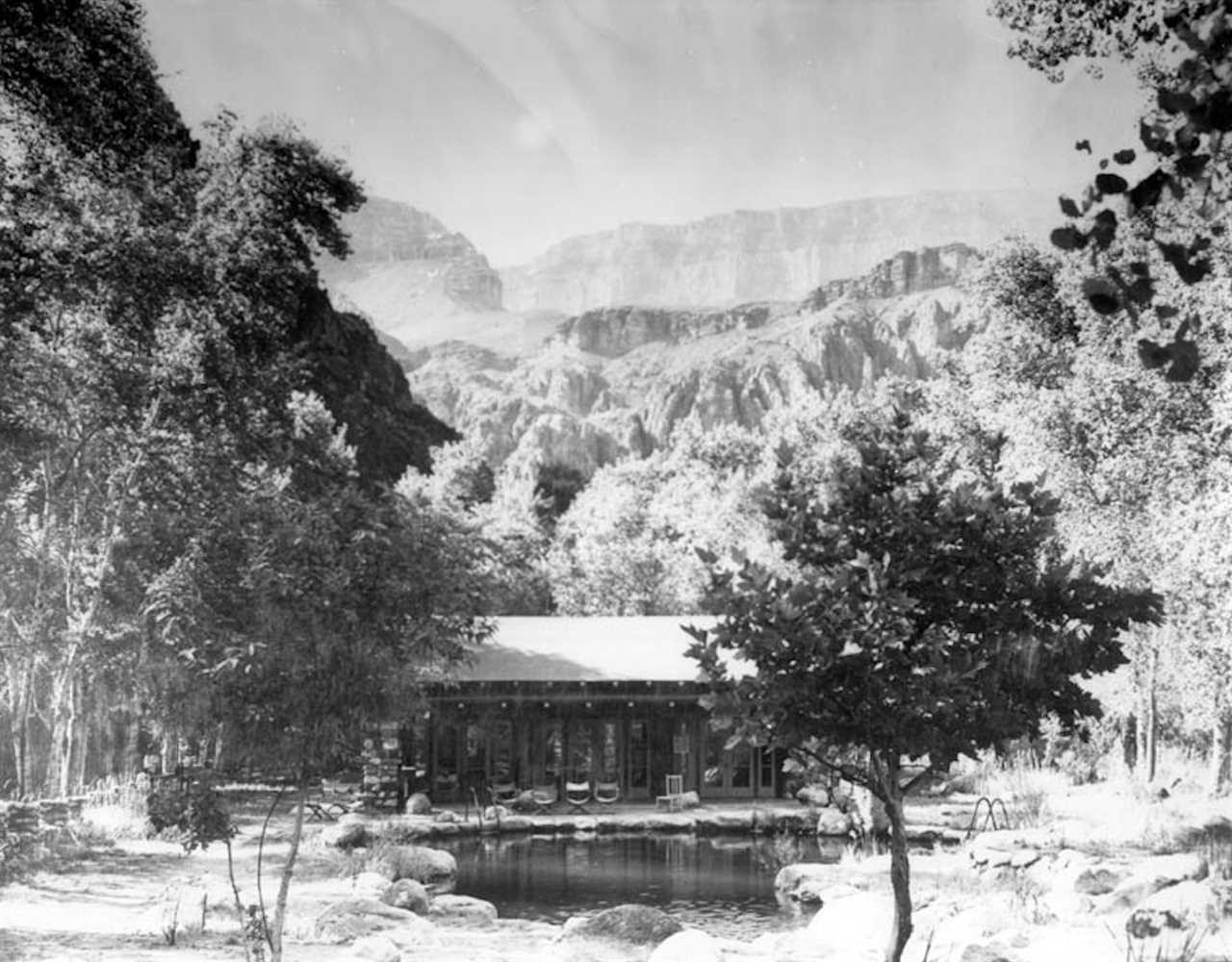
Looking for Colter today
Deeper digging for evidence of Colter’s Grand Canyon presence entails thumbing through old publications, photo albums, and architectural drawings—some in a drab Grand Canyon building containing the park’s museum collection. A black-and-white film clip survives of Colter taking tea at Phantom Ranch, and she signed her name on the guest register on November 9, 1922.
Most indicators, however, are more easily visible to park visitors: signage at the magnificent stone watchtower, explaining how Colter studied other Native structures and “designed modern structures that blended into their surroundings”; Colter photos and memorabilia on display in the guest rooms and a small history room at Bright Angel Lodge; a marker over the door at Hermit’s Rest, the whimsical jumble of stones and logs rising from a hillside.
At the canyon’s bottom, no signs credit Colter with the design of Phantom Ranch, the cluster of 11 simple wood and river rock cabins and four dorms that she is believed to have named after Phantom Creek and Phantom Canyon. According to anecdotes, the buildings were originally supposed to be named Roosevelt’s Chalets—Theodore Roosevelt was a fan of hunting and camping in the area—but upon hearing this, Colter grabbed her blueprints and said, “Not if you are going to be using my work.” (The prevailing theory for Phantom Canyon’s name is that early surveyors found it hard to map through distance and afternoon haze.) Despite development in Grand Canyon National Park, Phantom Ranch remains the only lodging in the actual canyon itself; Reservations are made by lottery a year out, though Phantom Ranch will close in May 2023 for an upgrade to its water treatment system.
Today, there are more than 200 buildings throughout Grand Canyon National Park. Dave Vago, a historical architect with that national park, says Colter’s signature, stand-alone buildings are not without maintenance needs, but that they have stood up well to time. “They are structurally solid as a general rule, and because they are largely of stone masonry, tend to require less attention than wooden buildings in the park,” he says. One challenge? Permeability, Vago says, citing the rough surfaces and porous stones and mortars, which help contribute to the buildings’ “distinct character and appearance but are subject to moisture retention and infiltration, even when in good condition.” As a result, the park has been experimenting with various treatments to determine how to better protect the buildings—without compromising their character.
In 1935, the park service published a compendium of national park structures that included this tongue-in-cheek apologia about humans attempting to improve upon God’s handiwork: “during the six days given over to Creation, picnic tables and fireplaces, foot bridges, toilet facilities, (and more) . . . were negligently and entirely overlooked.” Yet against the beauty of Nature’s canvas, the report acknowledged, every human structure must be considered a problem, an intruder.
Under the park service’s prevailing “rustic” style, the report said, one should build only those structures he cannot do without: “The success of his achievement is measurable by the yardstick of his self-restraint.”
The authors ignored the female pronoun in their musings, but they might just as well have been describing Colter’s work. Her buildings are distinguished by their harmony with natural surroundings: rock rising above rock, earth tones blending into the background, aged wood and stone whispering a new tale.
And in the right light and angle, fading like phantoms, awaiting a new wanderer to discover them.
>> Next: How to Honor Indigenous Communities When You Travel

